Geography Matters In Ancient Egypt Geography Matters In Ancient Civilizations

The Fertile Nile Valley: A Cradle of Civilization
Nestled along the banks of the mighty Nile River, ancient Egypt flourished in a geographical oasis that provided the lifeblood for its civilization. The fertile Nile Valley, stretching over 600 miles, offered an abundance of fertile soil and a dependable water source, enabling the development of agriculture and sustaining a growing population.
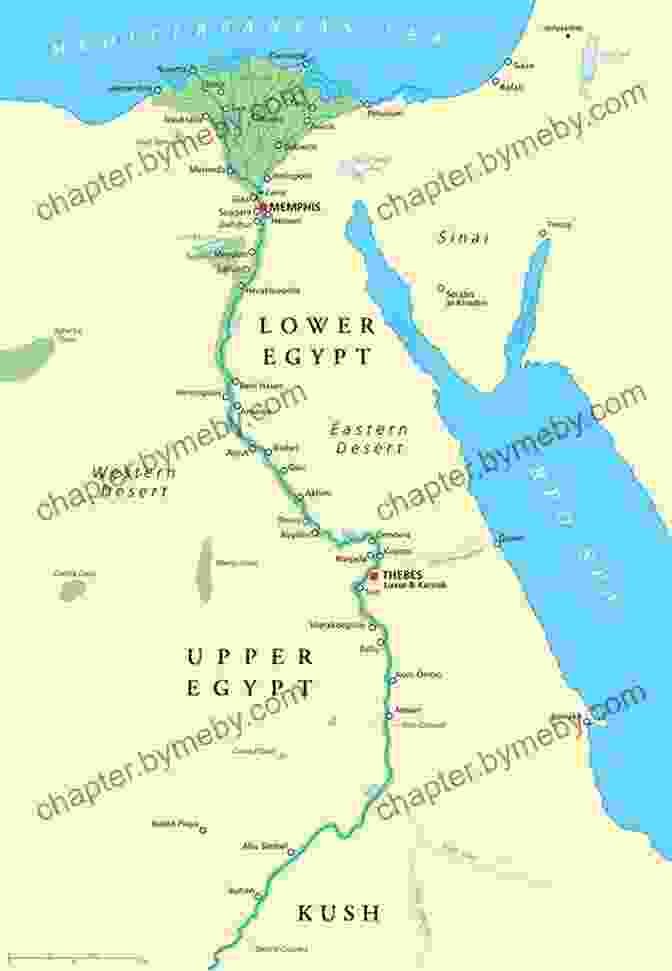
5 out of 5
| Language | : | English |
| File size | : | 27657 KB |
| Text-to-Speech | : | Enabled |
| Screen Reader | : | Supported |
| Enhanced typesetting | : | Enabled |
| Word Wise | : | Enabled |
| Print length | : | 44 pages |
The predictable annual flooding of the Nile brought rich alluvial deposits, replenishing the soil and ensuring bountiful harvests. This agricultural surplus allowed Egyptians to establish permanent settlements, develop specialized occupations, and accumulate wealth. The Nile also served as a vital transportation artery, connecting different regions and facilitating trade and cultural exchange.
Boundless Deserts: Natural Barriers and Economic Opportunities
Flanking the Nile Valley, vast and unforgiving deserts formed natural barriers that protected Egypt from foreign invasions and defined its unique cultural identity. The Sahara Desert to the west and the Eastern Desert to the east presented challenges to travel and communication, but they also offered opportunities for resource exploitation.
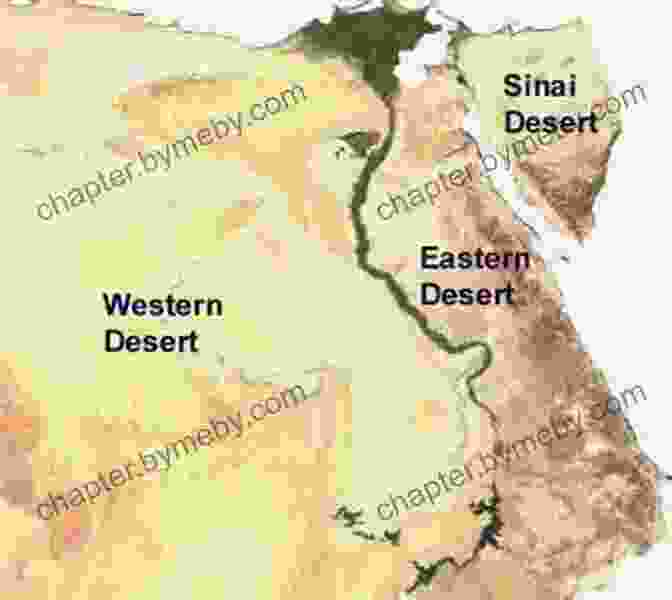
The deserts yielded valuable minerals such as gold, copper, and turquoise, which were mined by skilled Egyptian craftsmen. Oases scattered throughout the desert provided resting points for travelers and traders, fostering connections with neighboring regions. Moreover, the deserts served as a training ground for Egypt's formidable army, which developed innovative strategies for desert warfare.
Strategic Location: Crossroads of the Ancient World
Ancient Egypt's geographical position at the northeastern corner of Africa and the southern shores of the Mediterranean Sea placed it at a strategic crossroads of trade routes. To the east, the Red Sea provided access to the spice trade with India and Arabia. To the north, the Mediterranean Sea connected Egypt with the civilizations of Greece, Rome, and beyond.

Egypt's strategic location made it a hub for cultural and technological exchange. Merchants from different lands brought new ideas, technologies, and goods, enriching Egyptian society and shaping its artistic, scientific, and religious traditions. The influx of foreign influences also contributed to Egypt's military strength, as it adopted and adapted weapons and tactics from other civilizations.
Agriculture: The Foundation of Economic Prosperity
The fertile Nile Valley provided the ideal conditions for agriculture, which formed the backbone of the ancient Egyptian economy. Farmers cultivated wheat, barley, flax, and a variety of fruits and vegetables. They developed advanced irrigation techniques, using canals and basins to distribute water throughout their fields.
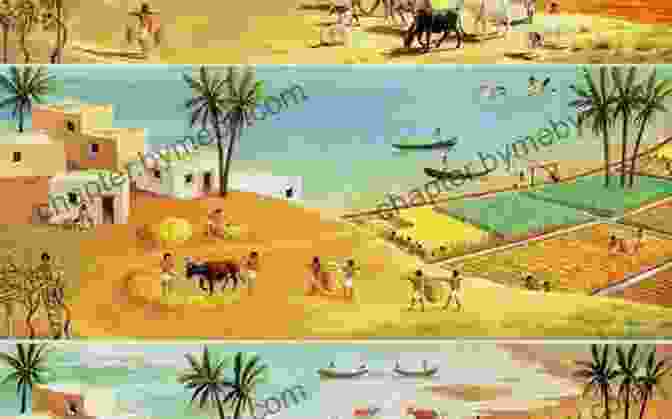
Agricultural surpluses allowed Egypt to support a large population and engage in trade with other civilizations. The production of papyrus, a versatile material made from the papyrus plant, became a major industry, supplying writing materials and other products throughout the ancient world.
Architecture: Monumental Structures Reflecting Power and Ingenuity
The abundance of stone and other building materials in Egypt enabled the construction of monumental structures that showcased the architectural prowess and engineering skills of its people. Pyramids, temples, and tombs were designed and built to endure for eternity, symbolizing the power and permanence of the Egyptian state.
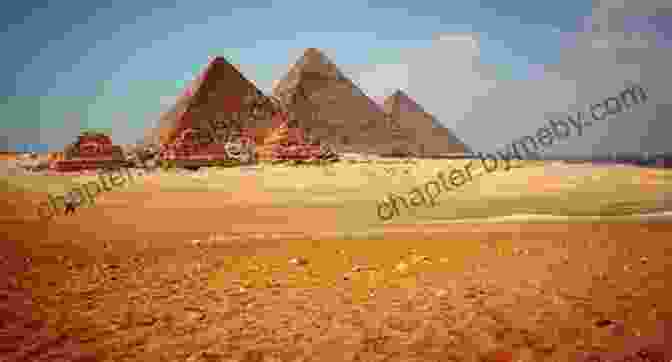
The pyramids, built as tombs for pharaohs, employed innovative construction techniques and demonstrated the Egyptians' mastery of mathematics and astronomy. Temples, dedicated to various deities, were elaborately decorated with hieroglyphs and reliefs depicting scenes from Egyptian mythology and religious life.
Religion: A Profound Connection to the Natural World
Ancient Egyptian religion was deeply influenced by the geographical environment. The Nile River was revered as a life-giving force, and the sun and moon were seen as powerful celestial bodies that influenced the cycles of life and death. Animals, plants, and other natural phenomena were often associated with specific deities.
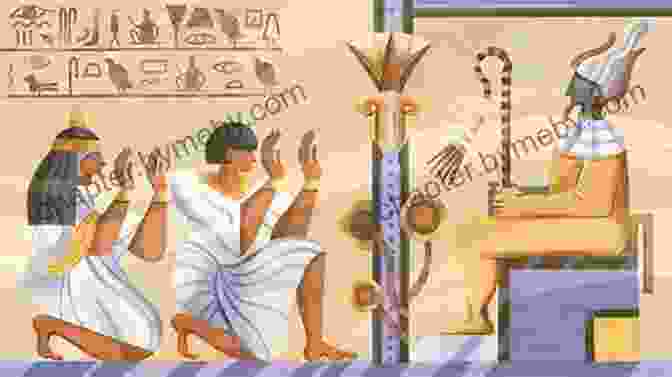
The Book of the Dead, a collection of funerary texts, provided guidance for the deceased as they navigated the afterlife. The Egyptians believed that the soul would journey through the underworld, facing challenges and trials before reaching the Field of Reeds, a paradise where they would live in eternal happiness.
Social Hierarchy: A Reflection of Geographical Features
Ancient Egyptian society was stratified, with the pharaoh at the pinnacle. The social hierarchy reflected the geographical divisions of the country. The Nile Valley, the heartland of Egypt, was home to the majority of the population and the center of economic and political power.
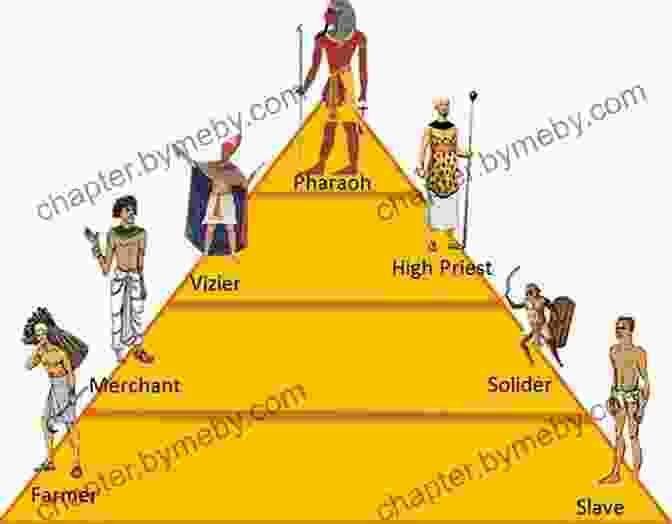
The deserts and oases were inhabited by nomadic tribes and miners, who occupied a lower status in the social hierarchy. Nubia, to the south of Egypt, was conquered and incorporated into the Egyptian empire, providing a source of labor and resources.
Arts and Culture: Expressions of Geographical Influences
The arts and culture of ancient Egypt were profoundly influenced by its geography. The abundance of natural resources fostered the development of exquisite craftsmanship and artistic expression. Gold, silver, and copper were used to create stunning jewelry, sculptures, and decorative objects.
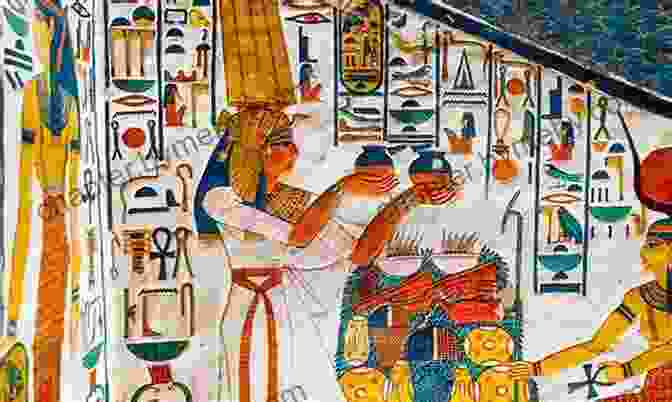
The lotus flower, a symbol of life and rebirth, was frequently depicted in Egyptian art, reflecting the importance of the Nile River and the annual flooding cycle. The pyramids, with their precise geometric forms, represented the Egyptians' mastery of mathematics and their obsession with Free Download and symmetry.
: The Indelible Link Between Geography and Civilization
The geography of ancient Egypt played a pivotal role in shaping every aspect of its civilization. The fertile Nile Valley, vast deserts, strategic location, and abundant resources provided a unique environment that fostered the development of a complex and prosperous society. The Egyptians' ingenuity and adaptability allowed them to harness the resources of their environment and create a civilization that has left an enduring legacy on the world.
Egypt's geographical features not only shaped its history but also continue to influence its present and future. The Nile River remains a vital source of water and transportation, while the deserts and oases offer opportunities for resource exploitation and tourism. Egypt's strategic location, connecting Africa and Asia, continues to make it a crossroads of trade and cultural exchange.
By understanding the profound relationship between geography and ancient Egyptian civilization, we gain a deeper appreciation for the ways in which our environment shapes our societies and cultures. The legacy of ancient Egypt serves as a reminder that geography matters and that the interplay between humans and their physical surroundings has a profound impact on the course of history.
5 out of 5
| Language | : | English |
| File size | : | 27657 KB |
| Text-to-Speech | : | Enabled |
| Screen Reader | : | Supported |
| Enhanced typesetting | : | Enabled |
| Word Wise | : | Enabled |
| Print length | : | 44 pages |
Do you want to contribute by writing guest posts on this blog?
Please contact us and send us a resume of previous articles that you have written.
 Book
Book Novel
Novel Page
Page Chapter
Chapter Text
Text Story
Story Genre
Genre Reader
Reader Library
Library Paperback
Paperback E-book
E-book Magazine
Magazine Newspaper
Newspaper Paragraph
Paragraph Sentence
Sentence Bookmark
Bookmark Shelf
Shelf Glossary
Glossary Bibliography
Bibliography Foreword
Foreword Preface
Preface Synopsis
Synopsis Annotation
Annotation Footnote
Footnote Manuscript
Manuscript Scroll
Scroll Codex
Codex Tome
Tome Bestseller
Bestseller Classics
Classics Library card
Library card Narrative
Narrative Biography
Biography Autobiography
Autobiography Memoir
Memoir Reference
Reference Encyclopedia
Encyclopedia Richard Heinberg
Richard Heinberg Matthew J Milliner
Matthew J Milliner Shannon Hale
Shannon Hale Michelle Zimmerman
Michelle Zimmerman Masanobu Fukoka
Masanobu Fukoka Michael Kerrisk
Michael Kerrisk Will Zuniga
Will Zuniga Michael Gill
Michael Gill Pseudo Nym
Pseudo Nym Martin Tyner
Martin Tyner Renee Graziano
Renee Graziano Michael Casey
Michael Casey United States Air Force
United States Air Force Martha Hamilton
Martha Hamilton Mickey Mccool
Mickey Mccool Mary Keith Piasecki
Mary Keith Piasecki Max Messmer
Max Messmer Wilhelm Johnen
Wilhelm Johnen Wendy Heard
Wendy Heard Mary Ann Hogan
Mary Ann Hogan
Light bulbAdvertise smarter! Our strategic ad space ensures maximum exposure. Reserve your spot today!

 Mason PowellNaruto Vol. 26: Awakening Naruto Graphic Novel – A Thrilling Adventure into...
Mason PowellNaruto Vol. 26: Awakening Naruto Graphic Novel – A Thrilling Adventure into...
 Colin RichardsonDance with Elegance and Precision: The Captivating Journey of Dancing for...
Colin RichardsonDance with Elegance and Precision: The Captivating Journey of Dancing for... Herman MitchellFollow ·14.2k
Herman MitchellFollow ·14.2k Ivan TurnerFollow ·4.1k
Ivan TurnerFollow ·4.1k Julio CortázarFollow ·12.5k
Julio CortázarFollow ·12.5k Ron BlairFollow ·15.7k
Ron BlairFollow ·15.7k Bo CoxFollow ·12.3k
Bo CoxFollow ·12.3k Jan MitchellFollow ·9.1k
Jan MitchellFollow ·9.1k Victor HugoFollow ·9.3k
Victor HugoFollow ·9.3k Luke BlairFollow ·7.6k
Luke BlairFollow ·7.6k

 Henry James
Henry JamesCold War Fighter Pilot Story: A Captivating Tale of...
Enter the Cockpit of...

 Rudyard Kipling
Rudyard KiplingYour Body Your Baby Your Choices: The Essential Guide to...
Pregnancy and...

 Fabian Mitchell
Fabian MitchellMichelle Obama: An Intimate Portrait - A Must-Read for...
Michelle Obama is a prominent figure in...

 Juan Butler
Juan ButlerUncover the Secrets of the Dead Land Warshawski Novels
Prepare to delve...
5 out of 5
| Language | : | English |
| File size | : | 27657 KB |
| Text-to-Speech | : | Enabled |
| Screen Reader | : | Supported |
| Enhanced typesetting | : | Enabled |
| Word Wise | : | Enabled |
| Print length | : | 44 pages |












